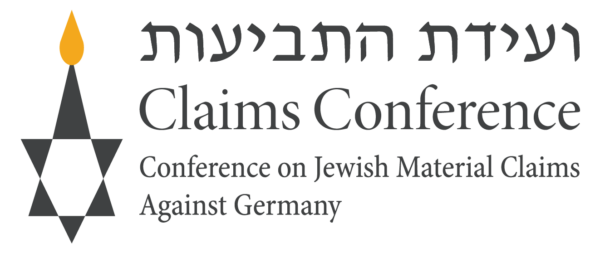Documentation: Rescuing the Evidence
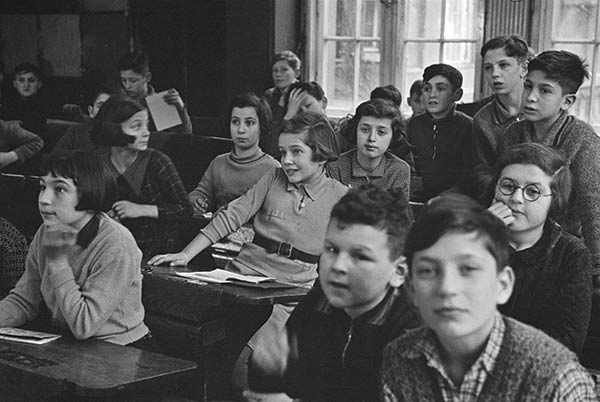
One of the chief ongoing priorities for the Claims Conference has been to identify, collect, preserve, and make available Holocaust-era documentation. We are giving the world the tools it will need to learn about the Shoah and thus remember it long after its last survivors are here to tell of it.
Our two main partners in this endeavor, Yad Vashem and the United States Holocaust Memorial Museum, have sent researchers over the decades to archives in at least 53 countries. They are rescuing the evidence of the Shoah before it disappears.
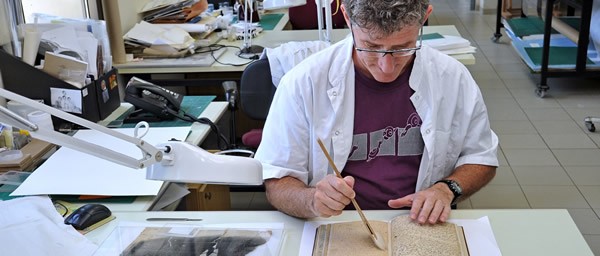
Claims Conference funding has enabled these institutions to collect and preserve documents from perpetrators and victims such as prisoner records, journals, and prewar records from destroyed Jewish communities.
Yad Vashem, home to the world’s largest and most comprehensive collection of Shoah-related documents, has collected thus far:
- 179 million pages of documentation
- 125,500 survivor testimonies
- 450,000 photographs
- 2.6 million names registered on Pages of Testimony, which are submitted by individuals about Shoah victims.
- The Central Database of Holocaust Victims’ Names now includes 4.5 million names of Holocaust victims, all of which are available online.
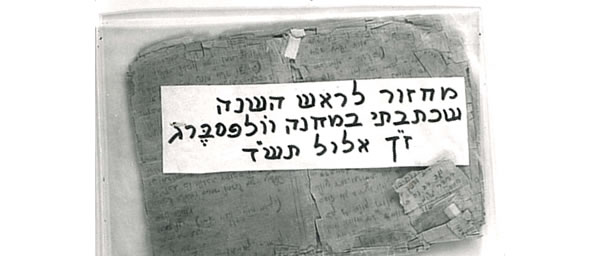
Yad Vashem links the information to names of individuals listed in its Central Database of Holocaust Victims’ Names, enabling access to information about victims. The fates of individuals have been ascertained and published based on lists of camp and ghetto inmates, evacuation records and other Shoah-era lists.
The United States Holocaust Museum’s archive includes:
- 88.5 million pages, with an additional 185.3 million digital images from the International Tracing Service.
- More than 100,000 photographs
- 970 hours of video archival footage and 220 hours of outtakes from the film “Shoah.”
- 15,000 oral history testimonies with access to over 52,000 oral testimonies through the collection at the USC Shoah Foundation.
- The Museum’s collection contains more than 18,000 objects, averaging five to six new items a week.
- More than 207,150 survivors and their descendants have registered with the Museum’s Meed Registry of Holocaust Survivors.
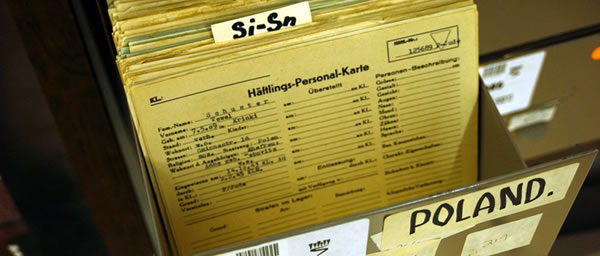
Both institutions, with funding from the Claims Conference, continue to collect millions of documents every year, mostly from archives and other institutions.
Rescuing the Evidence: U.S. Holocaust Memorial Museum
Rescuing the Evidence: Yad Vashem
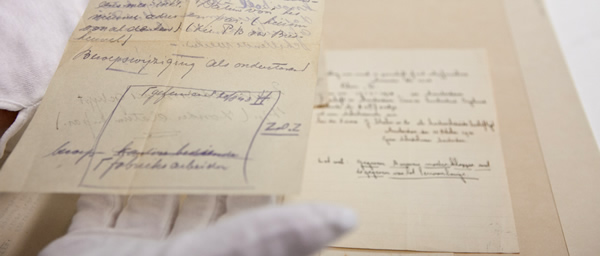
The Claims Conference will continue to initiate and support this unparalleled endeavor to gather and preserve as much evidence as possible of history’s greatest crime, and what its victims left behind.

